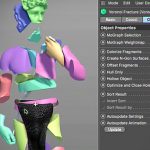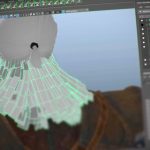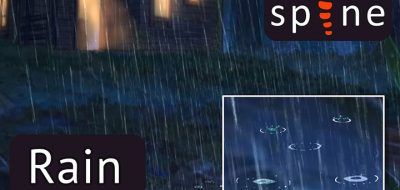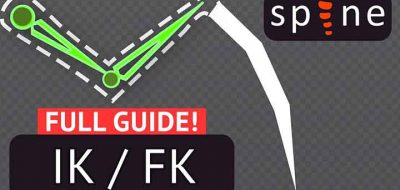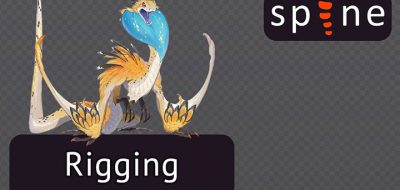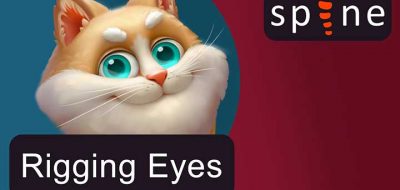Spine 2D Animation for Games offers a simple way to add skins to skeletons. “skin” in this case means new artwork. The term “skin” is used to describe a process where all the bones and animation for a particular skeleton can be reused with a different set of attachments. This reduces the amount of time needed to create multiple characters that have the same skeletons and animations.
Showing how that can come together in an animation workflow, is a new post from Esoteric Software, showing how you can add new skins to existing skeletons that already contain skins.
Spine has a photoshop script that can easily add skins to a skeleton. What if you wanted to add another skin? The key is to duplicate an already existing skin and use that as a placeholder.
Spine: More than Game Animation
Spine was designed to create 2D animation for games. However, the application is so focused around animation, it really can be used for anything. I’ve always professed my interest in Spine and Moho for motion graphics character work, rather than using the kluge of tools used for the same result in After Effects.
Two minutes in Spine, and you will instantly find that the application is a modernized take on creating animation. From the workflow that separates a layers setup from the timeline itself, to an animator friendly dope sheet and graph editor, to a robust constraint system for setting up rigs— It is the equivalent of wide-open spaces to After Effects narrow dark and dusty hallways.
Spine can export animation as well as a game runtime. So technically, you can use it for broadcast animation production.
In fact, people are doing such work with Spine. Denis Alenti recently posted a look at an animated tv series for preschool kids, that used Spine for the animation.
Denis Alenti writes “The whole thing started with simple kids app. We were using TVPaint at this point, and testing Cell Action and Harmony, but we really loved working in Spine and decided to test it out for full production. To our surprise it went really well.
Thanks to simple and clean UI, it’s super easy to work, it can be used on almost any machine and new crew members only needed a short intro and they were able to start working immediately.
Fortunately, on this production we had no lip sync so not having audio was not a problem and first 4k test png renderers came out great so we went with it. All in all it was a very pleasant experience”.

